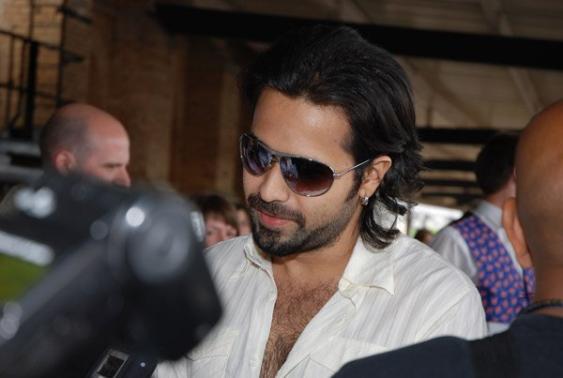"The American cinema's apparently natural subjection of style to narrative in fact depended on a historical accident: the movies' origins lay in late nineteenth century whose predominant popular arts were the novel and the theatre. Had cinema appeared in the Enlightenment or the Romantic period, it might have assumed the shape of the essay or lyric poem. Instead, it adopted the basic tactic and goal of the realistic novel. Conscious 'style' would be effaced both to establish the cinema's illusion of reality and to encourage audience identification with the characters on the screen."
Indian film producers were also greatly fascinated by, and attracted to, Hollywood musicals in that they related in some interesting ways to the defining characteristics of traditional Indian theatre and performance. The heyday of Hollywood musicals stretched from the 1930s to the 1950s, and many of the musicals produced during these two decades had as their plot the world of entertainment itself. The narratives of these films were, by and large, conventional, while the songs and spectacle offered the opportunity both to the characters in the drama and the audience to indulge in flights of fantasy. It was through the working out of the plot that the apparent disparity between narrative and spectacle was reconciled. This, however, is not a feature commonly seen in Indian films.
Tuesday, August 11, 2009
Subscribe to:
Post Comments (Atom)
.jpg)
No comments:
Post a Comment